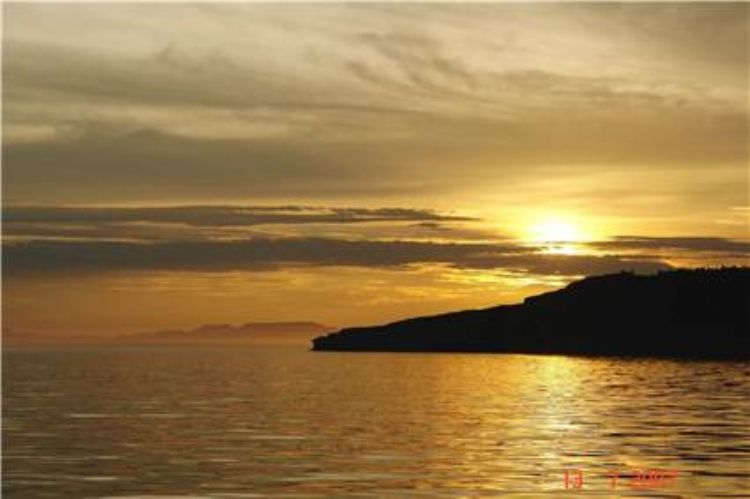
Tourism is one of the countryâs main economic activitie...
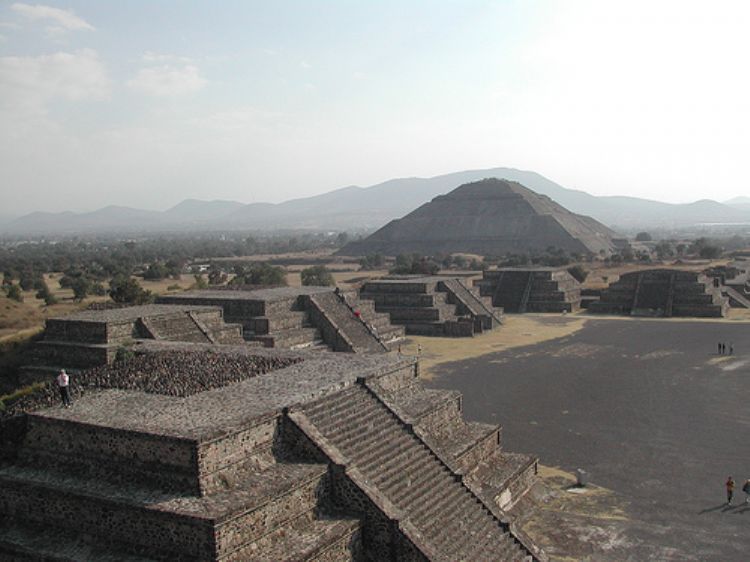
The high plateau known as the Altiplano Central del Valle de Mexico, is conformed by valleys, tablelands and lakes surrounding the nations capital, the Distrito Federal. Inhabited for the last 20,000 years, the nowadays state of Mexico is home to a vast and profound history, now proudly exhibited and displayed with all its diversity and originality for the world to enjoy.
However, history may actually begin its recollection as recently as the VIII century A.D. , date registering the existence of the Toltec empire, people based on the city of Tula and speaking the nahuatl dialect. Another city representative of this culture is that of Cuauhtitlan, which sees its days of splendor right after the city-state of Teotihuacan is mysteriously abandoned. This is when,through warfare, the Toltecs take military control and spread their culture throughout the region.
Later on, the fall of Tula in the hands of the Chimicheca warriors results in theerection of many social and ceremonial centers by the new dwellers of the valley, which in fact adopt many of the customs and social structures left behind by the Toltecs.
One of the last tribes to arrive to the region now known as the state of Mexicowere the Mexicas, later to become the Aztecs, which required only a hundred years to build one of the largest and mightiest empires in pre-Columbian territories and spread their power and domination from the grandiose city of Tenochtitlan. As a result of the cruel methods applied by the Aztecs during their conquest of the region, many of the tribes that fell in their hands patiently awaited for a chance for revenge, which in fact came with the arrival of the Spanish to Mexican soil.
The arrival of conquistador Hernan Cortez on the 13th of August 1521, in front of an army of Spaniards and of native groups willing to confront the Aztecs, represents one of the crucial events in Mexican history. The fall of the capital of the empire precipitated the conquest of the rest of the territory known as the Valley of Mexico.
And so a new era began for the Mexican nation, under the rule of the Spanish Crown which soon imposed a government in the form of a viceroyalty in the new province named Nueva España or New Spain.
Spanish authorities were followed by catholic missionaries from the Franciscan, Dominic, Agustin and Carmen orders, which soon embarked in the task of building convents and temples that today constitute a large part of the architectural heritage of the Mexican nation.
During the colony, the state of Mexico saw the flourishing of great estates known as Haciendas, mainly dedicated to raising cattle and producing sugar, while gold veins were being found in the south triggering so the mining industry.
The profound distances between social classes, where only those born in Spain had any access to power and wealth, constituted the perfect conditions for the social revolution that formed during the 300 years of Spanish rule. So, in 1810, Mexicans initiate the struggle for their independence, where the state took active part through the local leaders Pedro Ascencio de Alquisiras, Pedro Patiño and Leona Vicario.
The new and independent Mexico acknowledges the State of Mexico as an official entity during the 1824 Congress. Since then, both the new state and the new nation would submerge in the fight towards a federal and democratic form of government.
The country was transformed into a nation of Latifundios as soon as general Porfirio Diaz became president, a system of division and ownership of the land into large estates which led to the exploitation, and near enslavement of the local peasants, as the debts of the workers, usually unfairly applied, were transmitted through generations. Once again, the people had to produce an armed uprising so their voices could be heard, including that of general Jose Vicente Villeda in the state of Mexico.
However, the Mexican Revolution extended beyond the overthrow of the dictatorship known as the Porfiriato, as first elected president Francisco Madero was soon assassinated and the rebels were divided into two sides, one led by Venustiano Carranza and the other by leaders Emiliano Zapata and Francisco Pancho Villa.
Once Carranza and his army took hold of the state of Mexico, the Constitution of 1917, still ruling over the nation at present times, was promulgated.

Tourism is one of the countryâs main economic activitie...
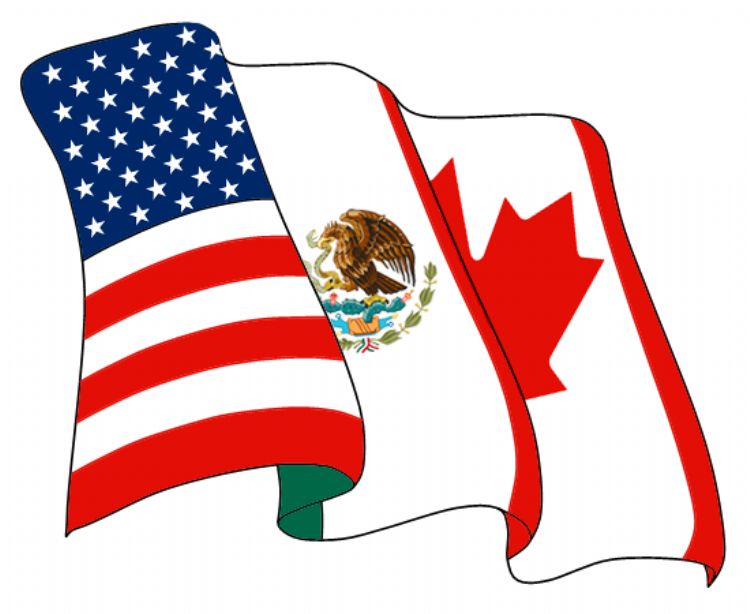
Free Trade Agreement Mexico - European Union
Read more
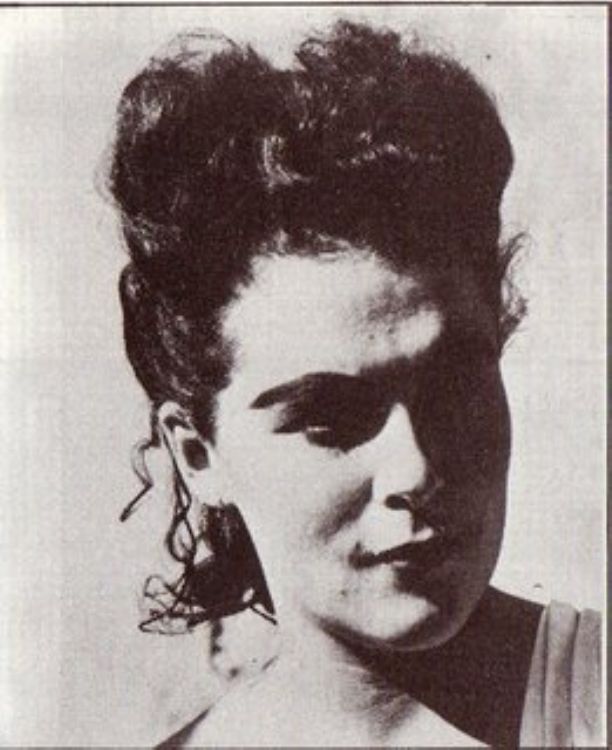
Leonora Carrington was born in South Lancaster, England. ...
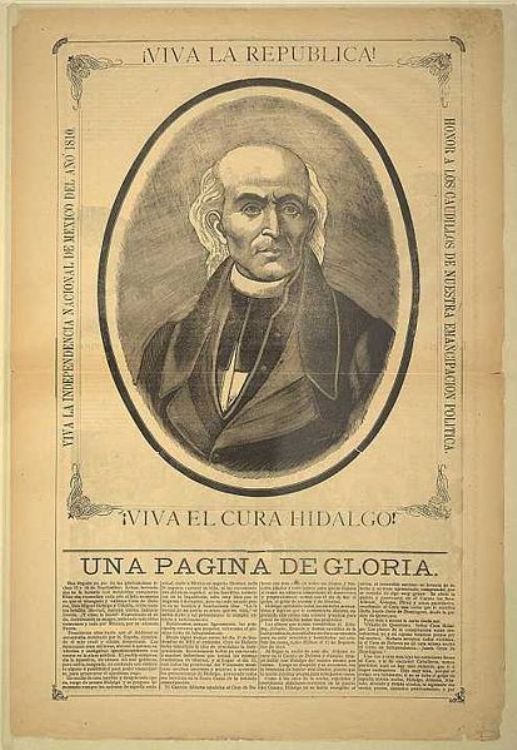
Miguel Hidalgo is one of the most recognized characters i...
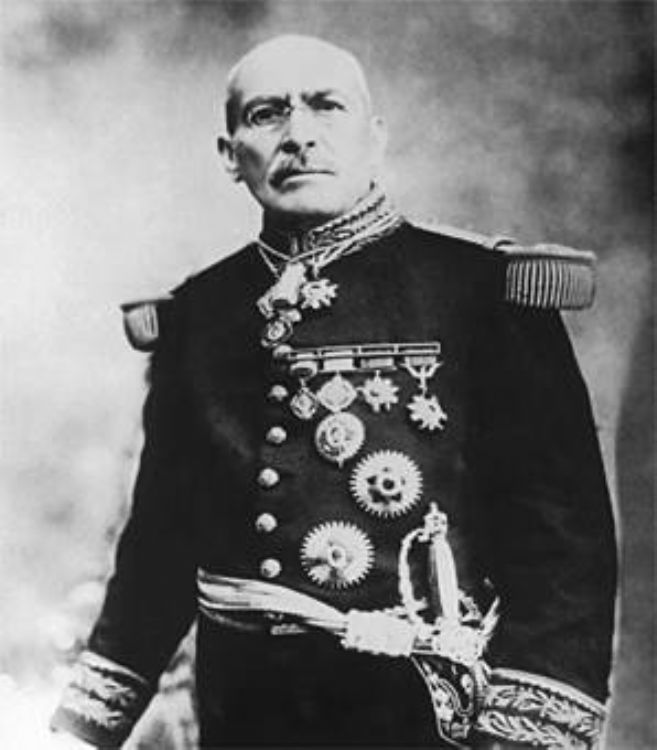
José Victoriano Huerta Márquez was born in ...

The history of Mexicoâs political parties can be divide...

Spring Break 2009 will be from February 28 to April 5 in ...

The Business Tax to Unique Rate (Impuesto Empresarial de ...